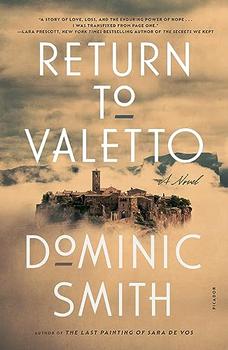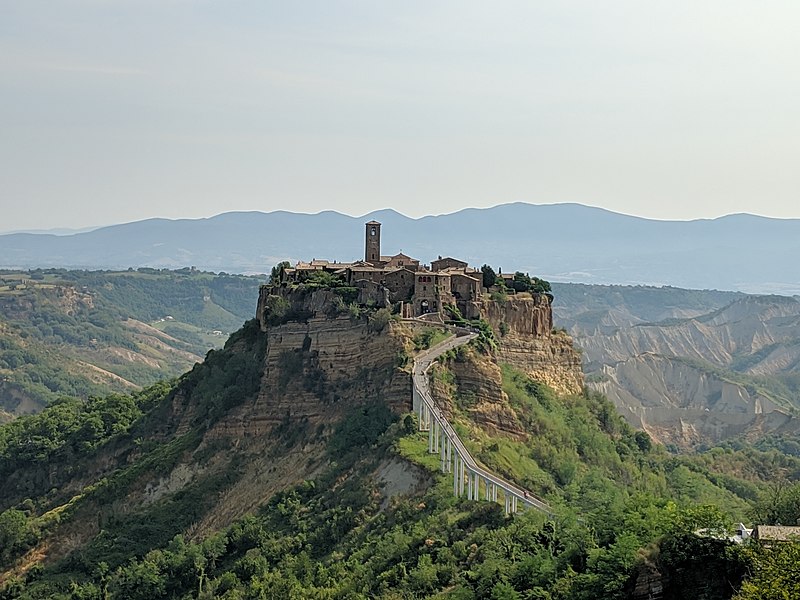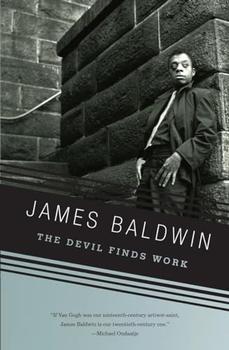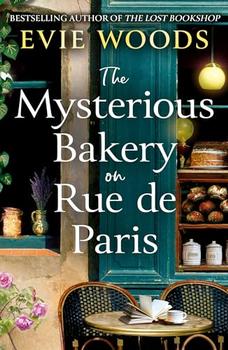Summary | Excerpt | Reviews | Beyond the book | Read-Alikes | Genres & Themes | Author Bio

A Novel
by Dominic SmithFrom the bestselling author of The Last Painting of Sara de Vos, Dominic Smith's Return to Valetto tells of a nearly abandoned Italian village, the family that stayed, and long-buried secrets from World War II.
On a hilltop in Umbria sits Valetto. Once a thriving village—and a hub of resistance and refuge during World War II—centuries of earthquakes, landslides, and the lure of a better life have left it neglected. Only ten residents remain, including the widows Serafino—three eccentric sisters and their steely centenarian mother—who live quietly in their medieval villa. Then their nephew and grandson, Hugh, a historian, returns.
But someone else has arrived before him, laying claim to the cottage where Hugh spent his childhood summers. The unwelcome guest is the captivating and no-nonsense Elisa Tomassi, who asserts that the family patriarch, Aldo Serafino, a resistance fighter whom her own family harbored, gave the cottage to them in gratitude. But like so many threads of history, this revelation unravels a secret—a betrayal, a disappearance, and an unspeakable act of violence—that has impacted Valetto across generations. Who will answer for the crimes of the past?
Dominic Smith's Return to Valetto is a riveting journey into one family's dark history, a page-turning excavation of the ruins of history and our commitment to justice in a fragile world. For fans of Amor Towles, Anthony Doerr, and Jess Walter, it is a deeply human and transporting testament to the possibility of love and understanding across gaps of all kinds—even time.
This is writing to be savored, each brilliantly crafted paragraph an ode to central Italy; the author's love of the country is apparent on every page. Return to Valetto is a marvelous work of literary fiction, and I recommend it for anyone looking for a well-written novel they can relax into...continued
Full Review
(651 words)
This review is available to non-members for a limited time. For full access,
become a member today.
(Reviewed by Kim Kovacs).
 Dominic Smith's novel Return to Valetto was in part inspired by his visit to Civita di Bagnoregio, a town roughly 60 miles north of Rome. Known as "Il paese che muore" or "The Dying City," this tiny village sits atop a crumbling column of clay and tufa (a type of soft volcanic rock common in the region). As the column continues to erode the city's livable area decreases; the village will eventually be destroyed.
Dominic Smith's novel Return to Valetto was in part inspired by his visit to Civita di Bagnoregio, a town roughly 60 miles north of Rome. Known as "Il paese che muore" or "The Dying City," this tiny village sits atop a crumbling column of clay and tufa (a type of soft volcanic rock common in the region). As the column continues to erode the city's livable area decreases; the village will eventually be destroyed.
Civita di Bagnoregio, frequently referred to as just Civita, was founded around 500 BCE by the Etruscans, a civilization that ruled central Italy from approximately the 8th to the 3rd centuries BCE. The city was ideally situated on a towering plateau rising out of a valley between two rivers, the Rio Chiaro and the Rio Torbido. ...
This "beyond the book" feature is available to non-members for a limited time. Join today for full access.

If you liked Return to Valetto, try these:

by Paolo Giordano
Published 2011
A bestselling international literary sensation about whether a "prime number" can ever truly connect with someone else.

by Mary Doria Russell
Published 2005
Set in Italy during the dramatic finale of World War II, Russell's ambitious and engrossing novel tells the little known story of how Italian citizens saved more than 43,000 Jews during the last 20 months of WWII.



A few books well chosen, and well made use of, will be more profitable than a great confused Alexandrian library.
Click Here to find out who said this, as well as discovering other famous literary quotes!